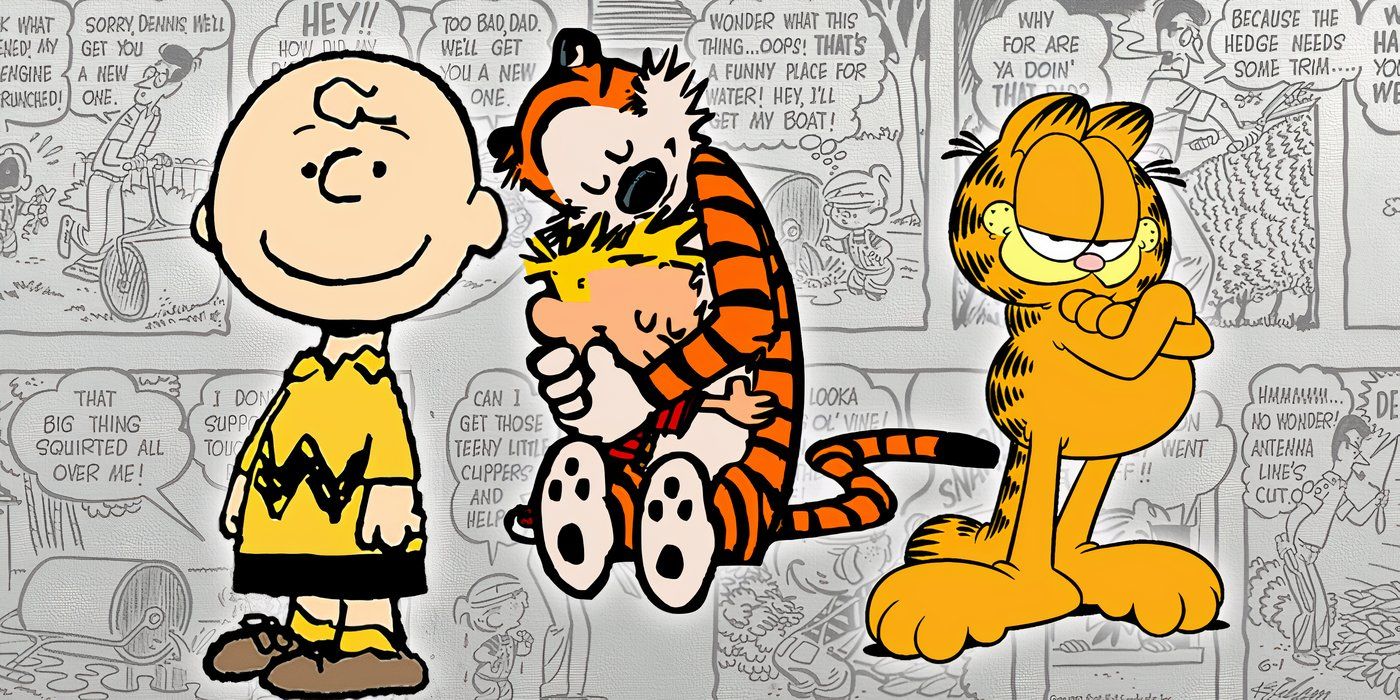
They are often seen as pioneers of cartoon storytelling. For many years, they have moved hearts and brought laughter to countless generations. Their straightforward yet funny and touching works continue to plunge fans across the globe into realms painted with ink that seem timeless. Within these worlds, humor, insight, and creativity weave together to create extensive narratives presented in daily doses.
From the enchanting neighborhoods depicted in Calvin and Hobbes to the thought-provoking reflections of Peanuts, comic strips remain a cherished element of popular culture. Despite their initial simplicity, they have demonstrated significant literary and artistic worth. Furthermore, many vintage comic strips have left lasting impacts on various genres, with The Phantom paving the way for modern superheroes as an example. It’s no wonder that certain comic strips have gained more popularity due to their charming characters and side-splitting humor.
This article was revised on May 29, 2025, by Anthony Jeanetta. Although their popularity may have waned somewhat in contemporary culture, comic strips still represent a significant aspect of American art. The shift to digital platforms has allowed comic strips to continue to bring laughter to people throughout the U.S. and beyond. This update includes additional information about some of the most iconic comic strips ever created.
A Retired Couple Takes Center Stage
In 1990, Brian Crane introduced the beloved comic strip titled “Pickles“. Today, it stands among the most widely read comics, inspired by Crane’s in-laws who portray a retired couple in their 70s, named Earl and Opal Pickles. They strive to have a good time and bring joy to readers everywhere.
Earl is a man without hair, wearing glasses and sporting a thick mustache. Despite his grumpy demeanor, he has a kind heart and always strives to help his wife and grandson, Nelson, whenever an opportunity arises. On the other hand, Opal is a devoted caregiver who prioritizes caring for her loved ones above all else but doesn’t hesitate to assert herself when necessary. The stark difference between these two characters often leads to humorous predicaments, offering a heartwarming and comical exploration of aging.
The Comic Kicked Off a Long-standing Creative Partnership
The Wizard of Id is an enduring comic strip that originated in the 1960s. The creators, Johnny Hart and his friend Brant Parker, collaboratively brought this comic to life. The story revolves around the titular wizard and a diverse group of other characters as they embark on various escapades through a magical yet troubled kingdom.
In essence, “The Wizard of Id” comic strip follows the lives of various citizens from different parts of the realm, but it predominantly revolves around the titular wizard and a tiny ruler known as “the King.” Despite being set in a fictional land, this comic often satirizes contemporary American society and governance. However, it’s important to note that the comic uses a daily gag format more for comedic purposes than offering deep political analysis. This humor has kept the strip relevant and beloved for over six decades.
Despite the Name, He’s Generally an Affable Fellow
Hägar the Horrible is an inventive character brought to life by cartoonist Dik Browne, first introduced in February 1973. Browne managed this comic strip until his retirement in 1988, after which his son took over until 2023. Similar to The Wizard of Id, Hägar is set in the past – specifically, the Viking Era – to provide commentary on contemporary life.
The comic strip titled “Hägar the Horrible” was named after a nickname given to its creator, Hagar the Terrible by Browne’s sons. The comic follows the adventures of Hägar, a red-haired Viking, who resides in an unspecified Scandinavian region during the Middle Ages. Despite his clumsy nature, Hägar’s kind disposition endeared him to readers, making for entertaining reading every time.
It’s One of the Longest-Running Strips
Before launching “The Wizard of Id,” Johnny Hart had previously brought to life the popular “B.C.” back in February 1958. Initially, several publications turned down “B.C.”, but it has since grown into one of the longest-running comics in the U.S. Despite Hart’s passing in 2007, his grandson Mick and Mason Mastroianni have carried on with the comic strip.
In ancient times, the comic strip “B.C.” offers a glimpse into the lives of cave dwellers, both human and animal with human-like qualities. Similar to another comic by Hart, “Wizard of Id,” “B.C.” often incorporates references to contemporary artifacts, occurrences, and personalities. It also follows a humorous gag-a-day structure but occasionally delves deeper into specific themes over a series of days or even weeks. These elements have contributed to the comic’s longevity, fostering a dedicated fanbase that has spanned several decades.
The Strip Is Perfect for Audiences of All Ages
The humorous comic strip called “FoxTrot,” created by Bill Amend, made its debut in April 1988. At first, it was published every day, but since December 2006, it appears only on Sundays. This comic focuses on the lives of the Fox family, comprising parents Andrea and Roger, and their children Peter, Paige, and Jason.
The suburban family in FoxTrot experiences everyday events that often spark laughter, albeit in a common but amusing way. The comic series tackles an extensive array of subjects, such as popular and nerdy trends, as well as intricate mathematical puzzles. Given his background as a physics major, Amend often incorporated mathematical humor into the stories of FoxTrot. This affection for nerd culture has played a crucial role in expanding its dedicated fan base, despite it only being published on Sundays.
He Still Has A Considerable Following Today
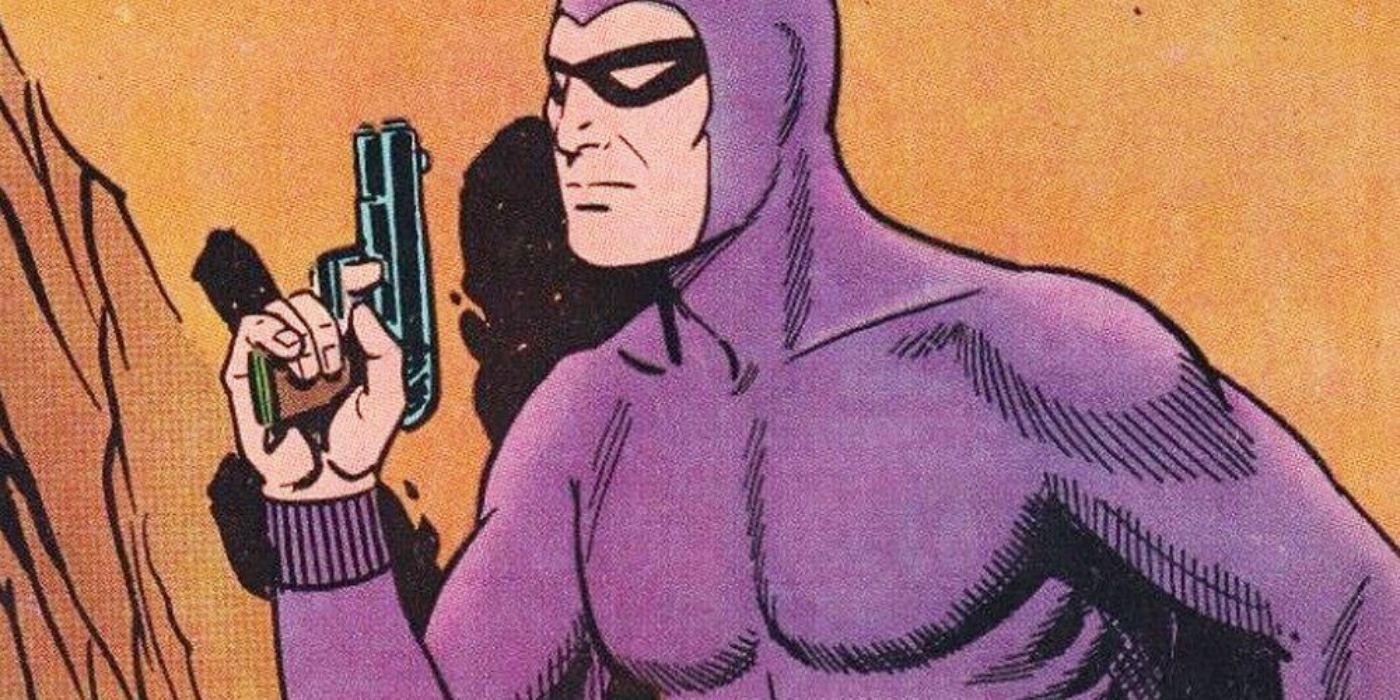
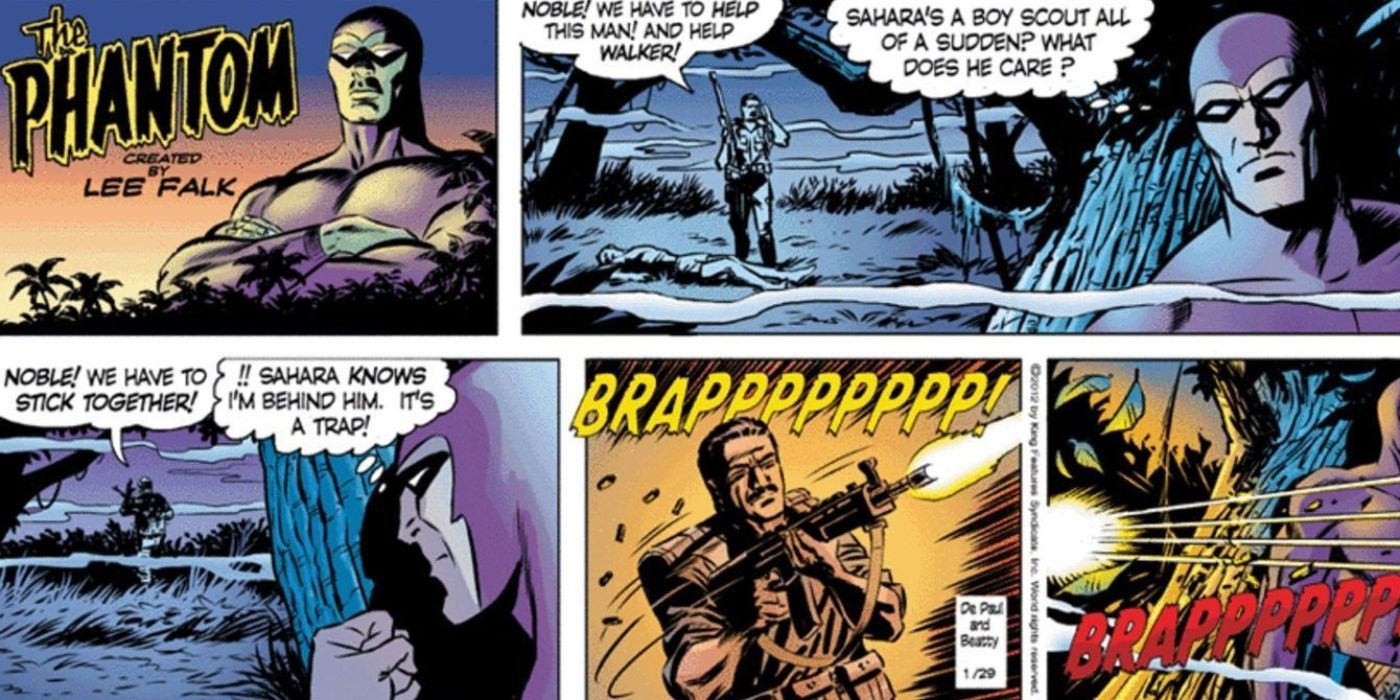
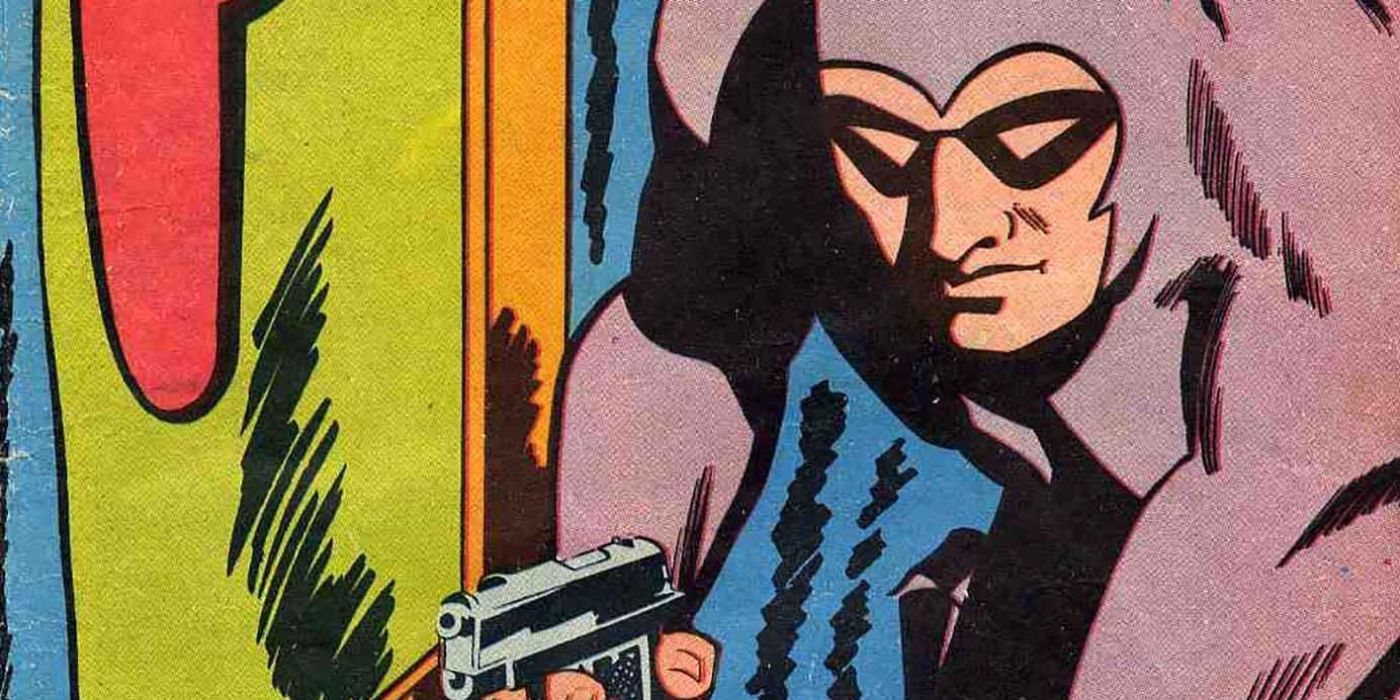
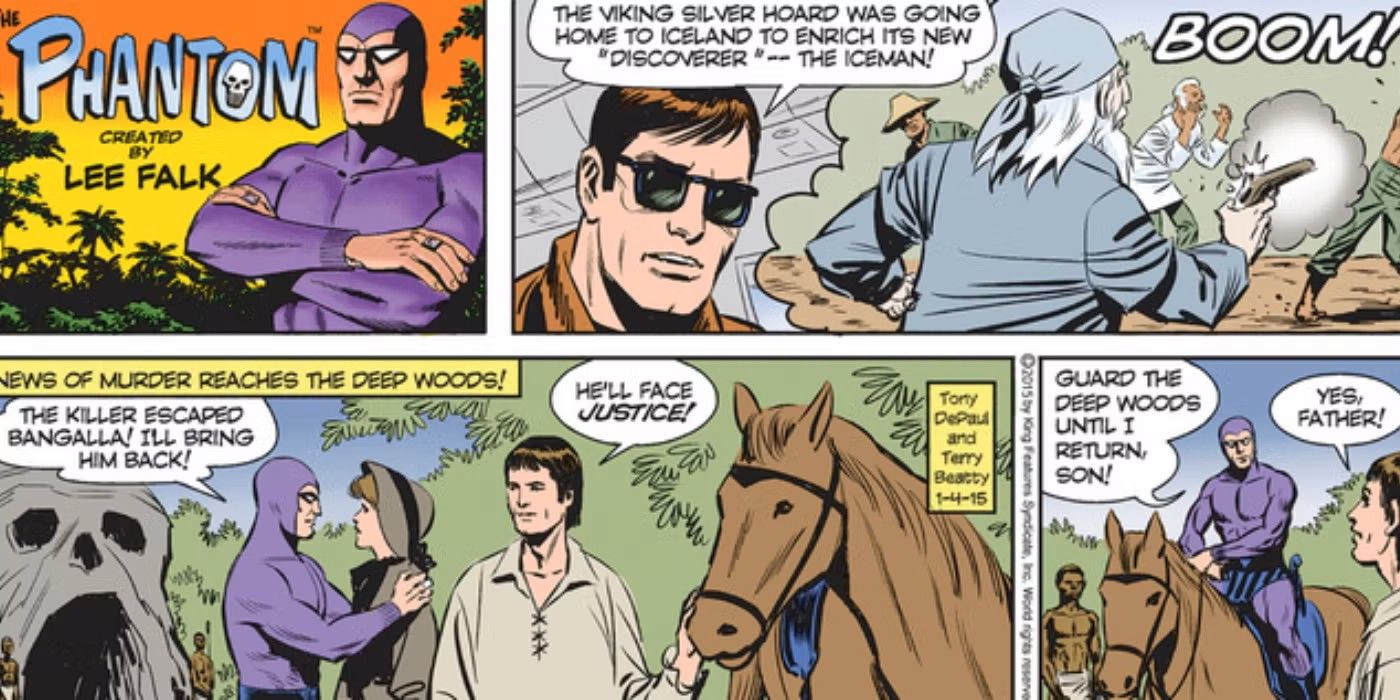
Since 1936, I’ve been an avid follower of the captivating adventures of The Phantom, a character that graced the pages of full-color Sunday strips as early as 1938. At its height, this iconic comic was syndicated in a staggering 583 newspapers worldwide, reaching over 100 million daily readers! Even if we disregard these impressive numbers, the enduring fact that The Phantom has been running strong since 1936, with new stories still being published as recently as 2024, demonstrates its unwavering appeal to fans like me.
As a dedicated gamer, I’ve always found myself drawn to the enigmatic figure known as The Phantom. Unlike other heroes who wield magical powers, he relies on his marksmanship and is infamously tough to put down in the fantastical land of Bangalla. His uncanny resilience makes him a formidable opponent for any adversary.
Interestingly, The Phantom shares roots with legendary heroes of yesteryears, like Tarzan, and contemporary superheroes such as Batman and Captain America. This rich history is just one of the many factors that have kept his fanbase thriving over the years.
She Has Maintained an Audience by Modernizing Alongside the Times
Originated from a character in the comic strip “Fritzi Ritz,” which Ernie Bushmiller obtained in 1925, Nancy was first introduced as a character in 1933. However, it wasn’t until 1938 that Nancy started appearing on Sunday editions as well. Since then, numerous creators have taken the helm, with Olivia Jaimes being the current one. Over time, Nancy has adapted to stay relevant while preserving the characteristics that made it so beloved.
The updated version of Nancy, much like the original conceived by Bushmiller, retains several classic character traits while adding a contemporary twist. She’s still known for her quick wit and mischievousness, but now she attends robotics classes and is tech-savvy. Jamie’s knack for capturing what made this comic strip appealing in the beginning is what keeps it relevant and popular today.
Relatedly, His Popularity in Comic Strips Is No Surprise
Mickey Mouse is a universally recognized character who has graced various forms of media such as shows, movies, books, and special productions as the emblem of Disney Corporation. It’s not surprising that he even had his own comic strip titled “Mickey Mouse” from 1930 until 1995, with reruns still being distributed up to 2014, demonstrating its global popularity.
Mickey Mouse, originally conceived by Walt Disney and sketched by Ub Iwerks and Win Smith, later passed under the creative reign of Ford Gottfresdon until 1975. Gottfresdon steered Mickey through numerous adventures, which were serialized over a lengthy comic strip run. For instance, the debut story, “Lost on a Desert Island,” unfolded from January 13 to March 31. This narrative-centric approach to a comic strip set Mickey Mouse apart, captivating even more fans.
Younger and Older Audiences Alike Can Relate To Him
The delightful and amusing comic strip “Zits,” penned by Jerry Scott and illustrated by Jim Borgman, showcases endearing character interactions and side-splitting humor. Inspired by advice from a friend, Scott introduced Jim Borgman to distinguish the style of this comic from his earlier work, “Baby Blues.” The joint effort led to a comic strip that’s been published in at least 45 nations worldwide and has garnered several accolades, including one for the best international comic.
The universal popularity of Zits has clearly been demonstrated. This comic strip chronicles the adventures of Jeremy Duncan, a teen aiming for a career in rock music. Even though Jeremy’s age has evolved throughout the comic strip’s history, he has consistently remained and likely will continue to be a teenager. Consequently, this comic isn’t just appealing to older audiences but also resonates with high schoolers who often share similar experiences with the main character.
Unsurprisingly, This Has Resulted in the Curation of a Sizable Fanbase
It’s undeniable that the comic strip Blondie, with more than half a century under its belt, is incredibly well-liked. Originally created by Chic Young, it was passed down to his son, Dean Young in 1973. Remarkably, the quality of the strip didn’t falter with this change, and neither did its massive following. Blondie can be found in newspapers across at least 47 countries and has been translated into no fewer than 35 languages, demonstrating its widespread popularity worldwide.
In “Blondie,” the main character, Blondie, journeys through life and romance with her partner, Dagwood. This comic strip explores themes like class disparity and gender equality, providing both humor and insightful observations on contemporary issues. Remaining current even after nearly a century in print, “Blondie” continues to captivate readers with its timeless appeal.
Read More
- Who Is Harley Wallace? The Heartbreaking Truth Behind Bring Her Back’s Dedication
- Basketball Zero Boombox & Music ID Codes – Roblox
- 50 Ankle Break & Score Sound ID Codes for Basketball Zero
- 50 Goal Sound ID Codes for Blue Lock Rivals
- LINK PREDICTION. LINK cryptocurrency
- 100 Most-Watched TV Series of 2024-25 Across Streaming, Broadcast and Cable: ‘Squid Game’ Leads This Season’s Rankers
- Ultimate AI Limit Beginner’s Guide [Best Stats, Gear, Weapons & More]
- TikToker goes viral with world’s “most expensive” 24k gold Labubu
- League of Legends MSI 2025: Full schedule, qualified teams & more
- Revisiting Peter Jackson’s Epic Monster Masterpiece: King Kong’s Lasting Impact on Cinema
2025-06-01 03:57